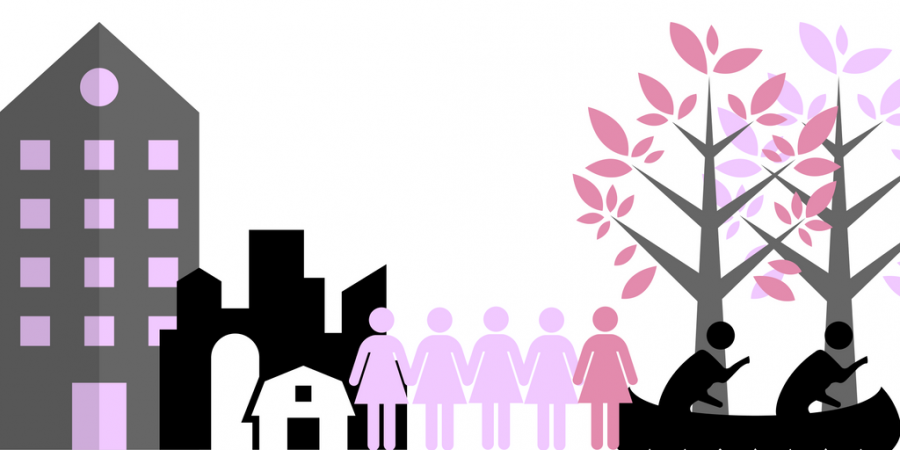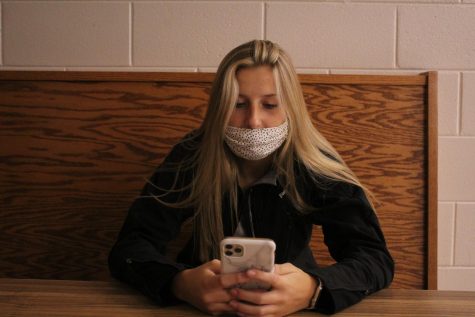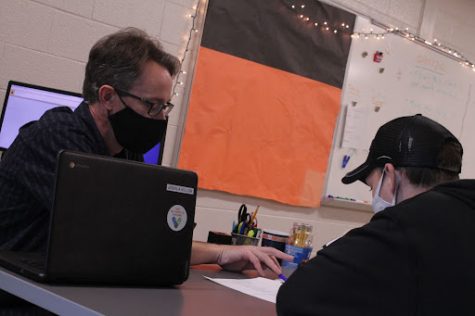U may be interested to know V20 E1
6.1 million
The number of teens that live in a rural area. This data looks small to the 29.3 million that live in a suburban or urban area. While children from urban areas are more likely to have access to community centers and parks, those living in poverty may be exposed to higher levels of certain environmental toxins and have limited options for healthy food. Adolescents living in a rural area are more likely to live in poverty than their urban counterparts. In addition, a shortage of providers and transportation makes accessing health services more difficult. Mental health services are also limited. Although they face difficulties accessing health services, more rural children share a meal with their family every day and participate in religious services which are both activities that are linked with positive health.
From 2014 U.S. Census Bureau population survey.
1 in 5
How many female college students experience sexual assault. Only 11% of rapes on campus are reported which makes it the most underreported violent crime. Half of all survivors don’t report their event because they don’t believe it was “serious enough.” In comparison to those who don’t, those who do experience sexual assault are three times more likely to suffer from depression and six times more likely to suffer from post-traumatic stress disorder. They are also 13 times more likely to abuse alcohol. When it comes to who commits assault, members of fraternities are more likely to hold rape-supportive beliefs and have sexually aggressive attitudes toward women than those who are not members. Nine percent of college men admit to committing acts that meet the legal definition of rape or attempted rape.
From cultureofrespect.org
300,000
The amount of indigenous peoples living in U.S. territory in 1900. This is drastically reduced from the 10 million estimated indigenous peoples living in U.S. territory in 1492. Disease was responsible for wiping out 90% of the population. Some of this can be attributed to the fact that Native Americans were not used to sharing close quarters with domesticated animals and were not immune to pathogens spread by animals. Wars between tribes and American settlers were also responsible for large death tolls. Furthermore, the wars led to land dispossession, oppression and racism. Between 1830 and 1838, 100,000 Native Americans were forced from their homeland on a dangerous trail from the southern states to present day Oklahoma. This journey became known as the Trail of Tears.
From endgenocide.orgc

I received an invitation to join the newspaper in my ninth grade year around scheduling time. This opportunity led to an experience I never even thought...








